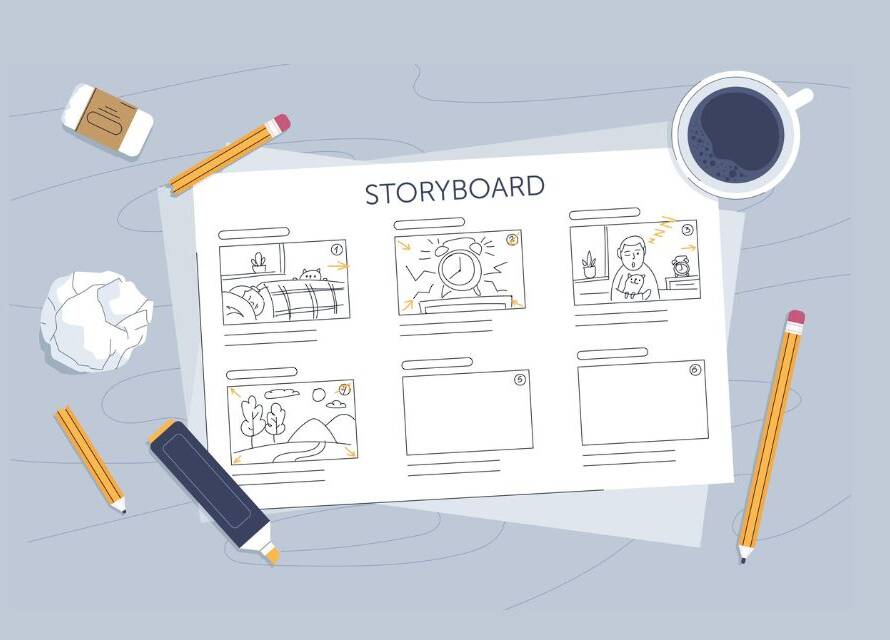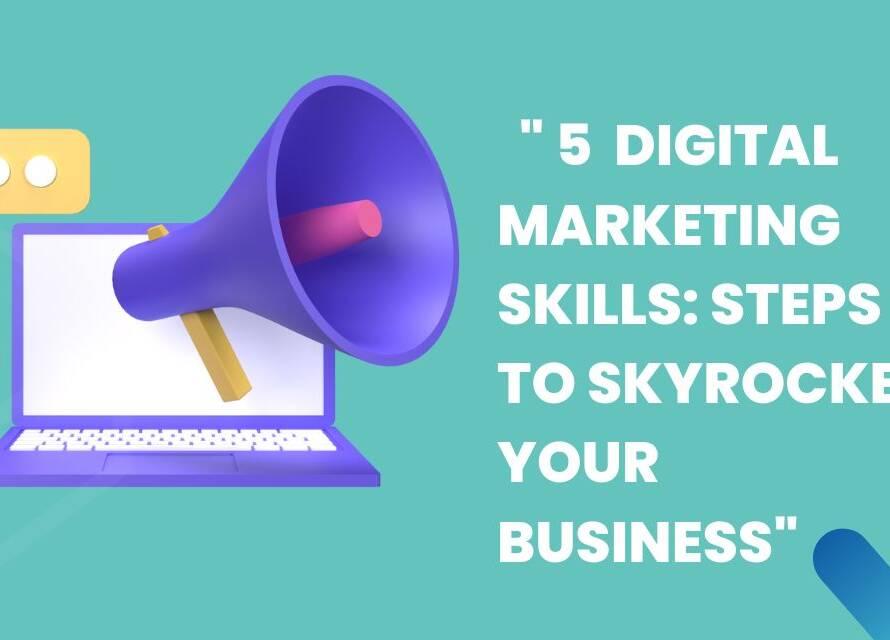How is video editing used in Videos?
Video editing it involves adding effects, transitions, music, and sound effects, as well as trimming footage, adjusting color, and adding titles and captions.Video editing is used in many industries, including film, television, advertising, social media, and education. Here are some of the ways video editing is used:
- Film and television production: Video editing is an essential part of the filmmaking process, where it is used to create feature films, television shows, documentaries, and more.
- Advertising and marketing: Video editing is used to create promotional videos, commercials, and other marketing materials that help businesses to showcase their products and services.
- Social media content creation: With the rise of social media, video editing is increasingly used to create short-form videos for platforms like Instagram, TikTok, and YouTube.
- Education and training: Video editing is used in the creation of educational and training videos, from online courses to corporate training materials.
- Personal projects: Video editing is also popular for personal projects such as creating home videos, travel vlogs, and other personal video content.
Techniques
- Basic editing techniques: This includes understanding the interface of video editing software, importing footage, and learning how to make basic cuts and transitions.
- Advanced editing techniques: This includes more complex editing techniques such as color grading, audio mixing, and effects creation.
- Editing for different mediums: This includes understanding how to edit for different mediums, such as television, film, social media, and online content.
- Motion graphics: This includes learning how to create animated text, titles, and graphics to enhance visual storytelling.
- Sound design: This includes learning how to manipulate audio to create a compelling soundtrack that enhances the visual content.
- Collaboration and project management: This includes learning how to collaborate with others and manage projects effectively, including organization, file management, and communication.
- Special effects: This includes learning how to create special effects such as compositing, green screen, and visual effects.
- Output and delivery: This includes understanding how to export and deliver a final product in different formats and settings, such as streaming, broadcast, or film.
- Storytelling: This includes understanding the principles of visual storytelling and how to use editing to tell a compelling narrative.




